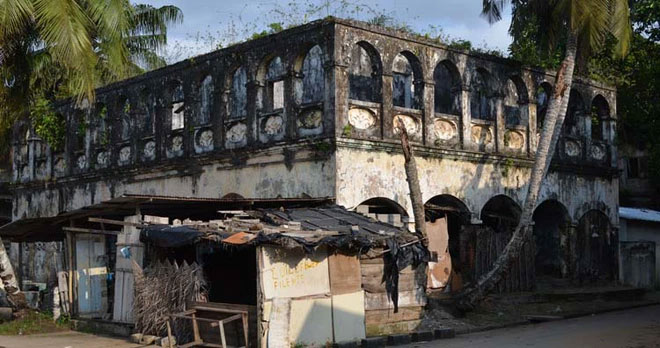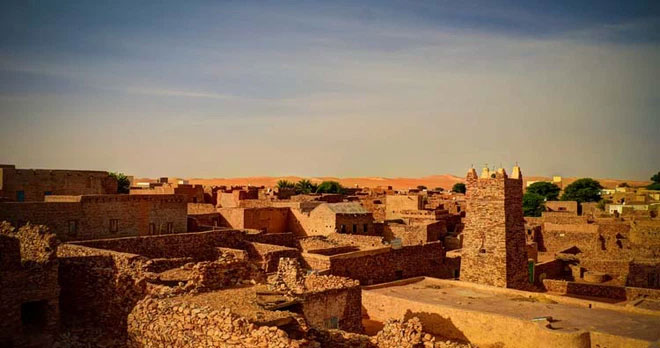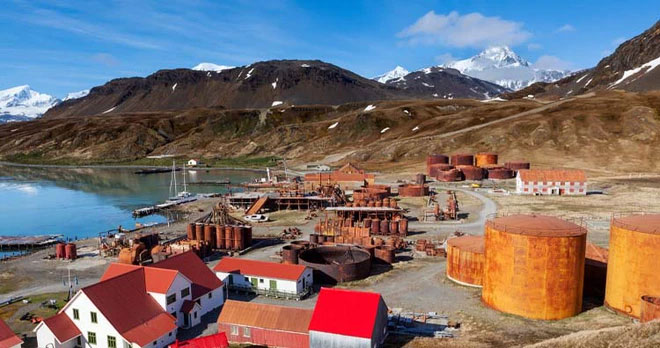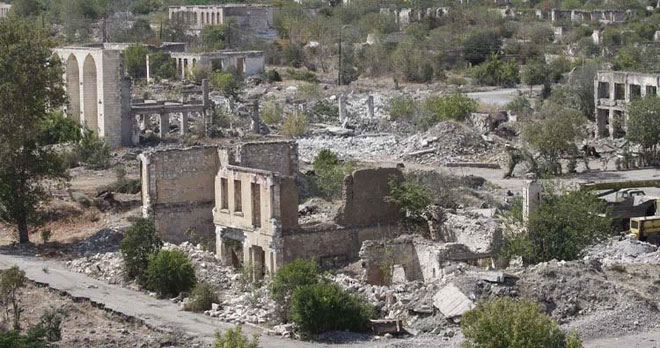Wars and resource depletion have turned many regions around the world into ghost towns. Some of these are due to terrorism, while others have been abandoned due to the exhaustion of resources like coal, diamonds, and whales.
Here are some ghost towns you may not have known existed.
1. Kolmanskop, Namibia

Kolmanskop was one of the wealthiest communities in the world a hundred years ago due to its diamonds. The town was abandoned when the diamonds ran out in 1930, and sand reclaimed the area. Now, it is a forgotten land covered by sand.
Kolmanskop was home to the first hospital with an X-ray machine in the Southern Hemisphere. However, it is now just a collection of crumbling buildings buried in sand. In 1912, this town produced a million carats of diamonds.
By 1930, extensive mining had nearly depleted the diamonds in the area. Many residents moved to diamond mines found 270 km south in the Namib Desert. By 1956, the town was completely abandoned, which once had a population of 1,300.
The town first discovered diamonds in 1908 when European and African miners moved there. Nearly 12% of the world’s diamonds came from this town. Most of the buildings here were constructed in the German style.
Currently, access to this site is restricted by the Namdeb Diamond Corporation and the government, requiring a permit for visitors to enter.
2. Grand-Bassam, Ivory Coast

Grand-Bassam is an abandoned French colony that was once an important trading and port area in the 1880s. The colony was built between 1880 and 1920 with distinctive French architecture. The golden era of Grand-Bassam was short-lived, and when the French built a new port elsewhere, this town was abandoned.
Grand-Bassam had many administrative and judicial centers and was part of the colonial history with a peak population of about 84,000 people. The plan for Grand-Bassam was based on trade, housing for Europeans and Africans, and an administrative center. It witnessed the political relationship between Europeans and Africans.
After Abidjan, a new port built near Grand-Bassam began to gain popularity, this town turned into one of the ghost towns, abandoned without maintenance.
3. Chinguetti, West Africa

Chinguetti peaked from the 13th to the 17th century and was one of the major centers of science, literature, and mathematics. It once served as a refuge for travelers in the Sahara Desert. The expansion of the Sahara Desert and climate change have made these ruins difficult to protect, turning the city into one of the ghost towns that attract researchers and tourists.
This site was once considered a symbol of Mauritania. It was a major trading center in the medieval period. Many travelers passed through this area on their way to Mecca. The site had regular visitors and only about a thousand residents. Chinguetti has many libraries with manuscripts on religion and science.
The city is now considered a World Heritage site and has a plan to restore these ruins and preserve the city. However, the expansion of the Sahara Desert has made it uninhabitable. Chinguetti is now over 1,200 years old.
4. Grytviken, South Georgia

Grytviken is an abandoned whaling station that was built and operated until the latter half of the last century. It was established in 1904 and was the best harbor on South Georgia Island. The area began to be abandoned as the whale population started to decline.
The settlement had over three hundred people at its peak. Whalers used every part of the whale from the body, meat, and bones to extract oil. This site was abandoned just over 60 years due to the decreasing whale population.
By December 1966, there were no more whales in the area. Grytviken is closely associated with Ernest Shackleton, a famous Antarctic explorer. After his death, his wife chose South Georgia as his resting place in the cemetery there alongside the native whalers.
5. Agdam, Azerbaijan

Agdam was a prosperous city with a population of 300,000. The city was destroyed due to the conflict between Azerbaijani and Armenian forces. It was later occupied by Armenian forces in July 1993. The city’s residents fled after the fierce fighting.
Agdam was established in the 18th century. The area included two railway stations, factories producing butter, spirits, and silk, along with an airport. Brutal fighting began in this area during the First Nagorno-Karabakh War. Armenian forces attacked Azerbaijan and captured this city in 1993.
After the city was occupied, it was looted and burned, which was a serious violation of the rules of war. The rooftops of houses were torn off, and the city fell. The majority of the population fled eastward. This area is now in decline, and reports indicate that it has been completely ruined except for a mosque.


















































